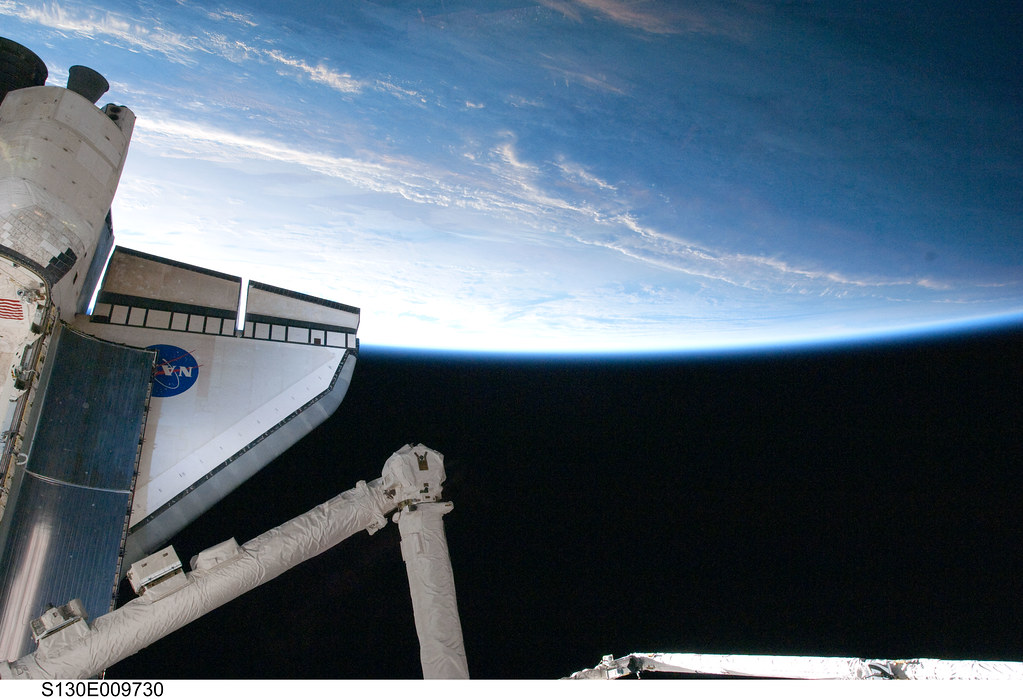NASA and SpaceX Collaborate on Crew-7 Mission to the International Space Station (ISS)
NASA and SpaceX have successfully launched the Crew-7 mission to the International Space Station (ISS), marking several significant achievements. The mission is the first flight for the Falcon 9 B1081 booster, which returned to Landing Zone 1 after separation. It is also the first SpaceX Crew Dragon mission piloted by a European astronaut and the first time that four different space agencies are represented on a single Crew Dragon flight.
The Crew-7 launch took place at NASA’s Kennedy Space Center in Florida, with four astronauts on board. Jasmin Moghbeli serves as the spacecraft commander, Andreas Mogensen pilots the spacecraft, Satoshi Furukawa is a mission specialist, and Konstantin Borisov is a cosmonaut. The crew will spend six months on the ISS as part of Expedition 69 and 70, conducting scientific experiments and maintaining the outpost.
The Crew-7 mission also marks the inaugural launch for the SpaceX booster B1081, which completed a static fire test in June. This launch is part of NASA’s Commercial Crew Program (CCP), which aims to develop and fly human transportation systems into space.
Jasmin Moghbeli, a NASA astronaut, was selected for the mission in 2017. This will be her first flight into space. Andreas Mogensen, an ESA astronaut, became the first European pilot on SpaceX’s Crew Dragon. He has previously spent nine days, 20 hours, and nine minutes in space. Satoshi Furukawa, from JAXA, has spent 165 days on the ISS in 2011 and currently heads JAXA’s Space Biomedical Research Group. Konstantin Borisov, a cosmonaut, will be completing his first-ever spaceflight.
The launch of Crew-7 faced several delays but ultimately took place on Friday, August 25. The astronauts entered quarantine on August 11 as part of their final preparations before liftoff. Following quarantine, they traveled to Florida on Sunday, August 20, to begin the last stages of preparation.
Crew-6, consisting of Stephen Bowen, Warren “Woody” Hoburg, Sultan AlNeyadi, and Andrey Fedyaev, arrived at the ISS five months ago and is set to leave on Friday, September 1. This mission made history by launching the second UAE astronaut into space.
The success of the Crew-7 mission highlights SpaceX’s dominance in the commercial crew transportation market. While Boeing’s Starliner has experienced delays, SpaceX is already completing its seventh flight under its contract with NASA. The future of Boeing’s flights to the ISS remains uncertain as the planned demise of the Station approaches in 2030.
Overall, the Crew-7 mission represents another milestone in human space exploration, showcasing international collaboration and technological advancements. With the successful launch and docking of Crew-7, NASA and SpaceX continue to pave the way for future missions to the ISS and beyond.
